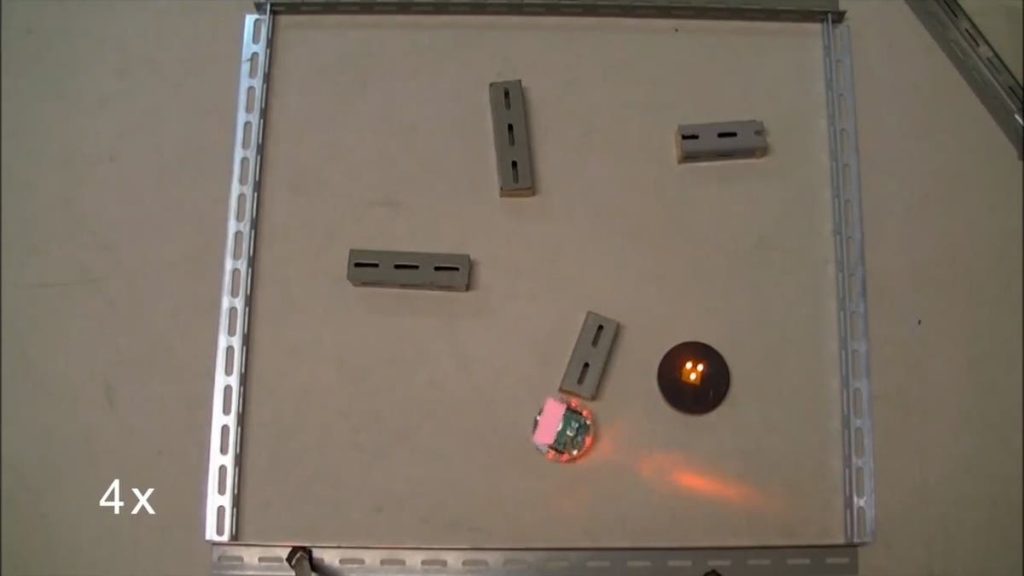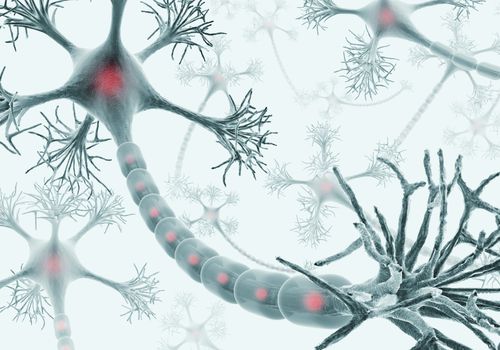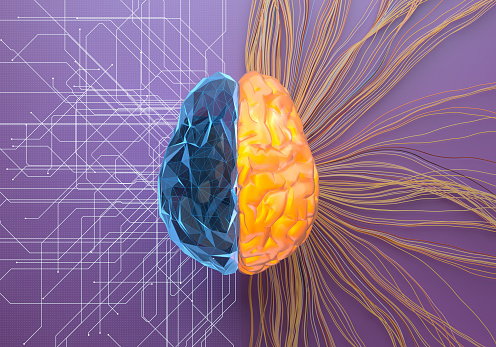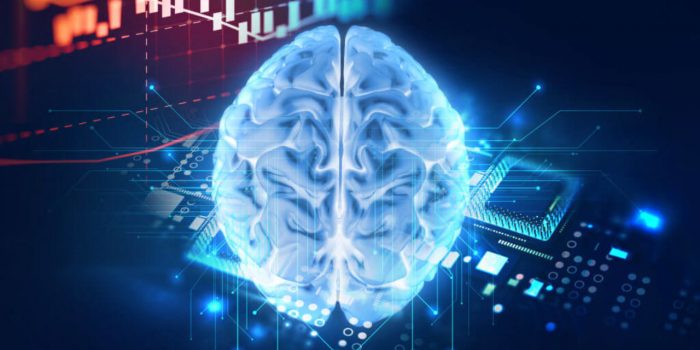The world’s first ‘thinking’ robot has recently been developed.
Japanese scientists were able to persuade the machine to navigate a short maze by using brain-like neurons grown in a lab. According to the researchers, it could make sense of the brain waves and avoid the hurdles thanks to a technique known as ‘physical reservoir computing.’
“These nerve cells, or neurons, were grown from living cells,” Professor Hirokazu Takahashi, a co-author, stated.
“They acted as the physical reservoir for the computer to construct coherent signals.”

For the first time, a robot’s intelligence has been taught to it. The signals communicated environmental data as they travelled through the maze. If the AI deviates in the wrong direction, an electric impulse will damage neurons in the cell culture. The signals were sent to it in a variety of tests until it finished the task.
The new thinking robot is a three-inch-diameter, two-inch-high circular device that fits into the palm of your hand. It serves as a stepping stone for the development of human-like machines to solve problems. Within 50 years, robots are expected to perform the majority of tasks currently performed by humans.

“Our work was the proof of concept the brain tissue could be used as a physical reservoir. Furthermore, these findings suggest goal-directed behaviour can be generated without any additional learning by sending signals to an embodied system,” Prof Takahashi added.
During the trials, the robot could not perceive the environment or gain any sensory input, relying solely on electrical trial-and-error impulses. A living culture embodied a vehicle robot to tackle a maze task in the demonstration experiment.
The robot was founded on the principle that intelligence emerges through a mechanism that derives coherence from a chaotic state. It activates a “reservoir” of information via this strategy, which aids it in comprehending and addressing a problem.
“A brain of an elementary school kid is unable to solve mathematical problems in a college admission exam, possibly because the dynamics of the brain or their ‘physical reservoir computer’ is not rich enough,” Prof Takahashi said.

“Task solving ability is determined by how rich a repertoire of Spatio-temporal patterns the network can generate,” he said.
The researchers in Japan hope that their feat will contribute to the emergence of a supercomputer that mirrors the human brain. Furthermore, it offers the opportunity to gain a new viewpoint on the mechanics of the brain – and how diseases like Alzheimer’s and Parkinson’s occur.


